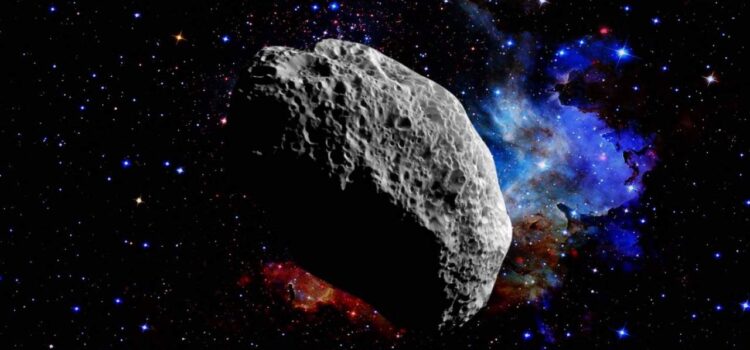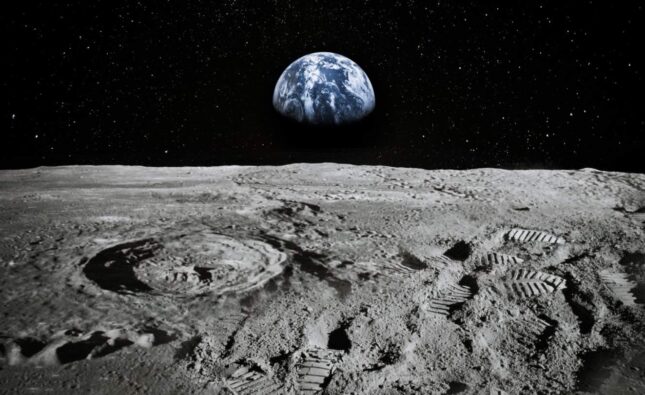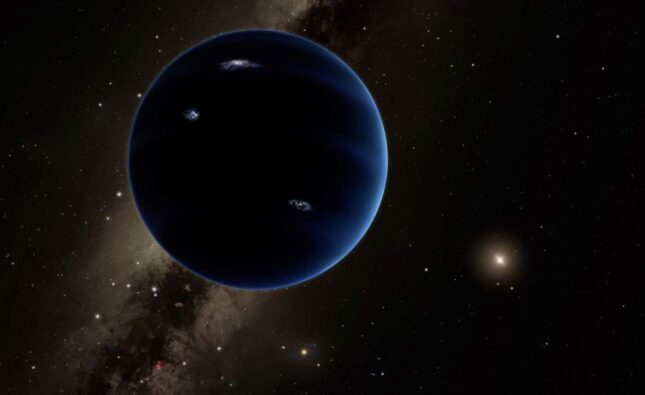
On the off chance that you watched Don’t Look Up this Christmas, you may be one of many individuals pondering how practical the risk set by the film was. Could Earth truly be struck by a space rock? How might researchers respond assuming that they did recognize a space rock heading for us?
To address your inquiries this week, NASA delivered a video highlighting space rock master Dr. Kelly Fast, discussing what might truly occur on the off chance that a space rock undermined our planet. Quick calls attention to that we must find space rocks before they really do represent a danger, in light of the fact that a space rock effect would be a preventable catastrophic event. NASA has an office called the Planetary Defense Coordination Office which attempts to follow space rocks and foresee their future developments, including whether any may be on an impact course with Earth. By anticipating future dangers, that permits season of years or even a very long time to send off an avoidance mission to shift the space rock’s direction and protect us.
It’s worth focusing on that numerous space rocks in all actuality do slam into Earth consistently, however by far most are little and wreck in the air, making falling stars. Truth be told, there might be upwards of thousands of little bits of flotsam and jetsam hitting the planet consistently (through NASA), however our climate shields us from these. In any case, there are times when greater space rocks have presented critical dangers to districts on Earth, for example, the renowned Tunguska Impact in 1908, when a space rock made a gigantic blast in a scantily populated area of Russia (by means of NASA).
NASA’s plan to protect Earth
Assuming that we detected an enormous space rock making a beeline for Earth, we shouldn’t need to be absolutely vulnerable. Space organizations have plans for hostile to space rock advances, in a space called planetary protection. An as of late sent off NASA mission called DART (Double Asteroid Redirection Test) expects to adopt a surprising strategy for a space mission: the shuttle will purposely collide with a space rock, to check whether that is compelling at diverting a space rock which might actually compromise Earth.
The space rock which DART is making a beeline for is one of a couple, called Didymos and Dimorphos (by means of Digital Trends). Neither of these is a danger to us on Earth, so there’s no compelling reason to stress. In any case, NASA intends to try out how they could treat there truly was a hazardous space rock on its way.
DART will collide with the more modest of the two space rocks, Dimorphos, and attempt to prod it out of its present way. The space apparatus is multiple times less than the space rock, so that is certainly not a simple assignment. What’s more the shuttle should be brilliant also, as it will utilize locally available PCs to find the space rock and direct itself to it.
DART was sent off in November 2021, and is currently going through the nearby planet group en route to its space rock target. It is relied upon to show up there in 2022 and endeavor its crash.
However, that will not be the finish of the mission. Scientists need to look into close at the impact of the effect and see precisely what it meant for the space rock. So the European Space Agency is dealing with another rocket called Hera, which will follow the way of DART to the space rock pair and gather information on how powerful the crash was. Hera will send off in 2024 and ought to show up at the location of effect in 2026 (through ESA).











